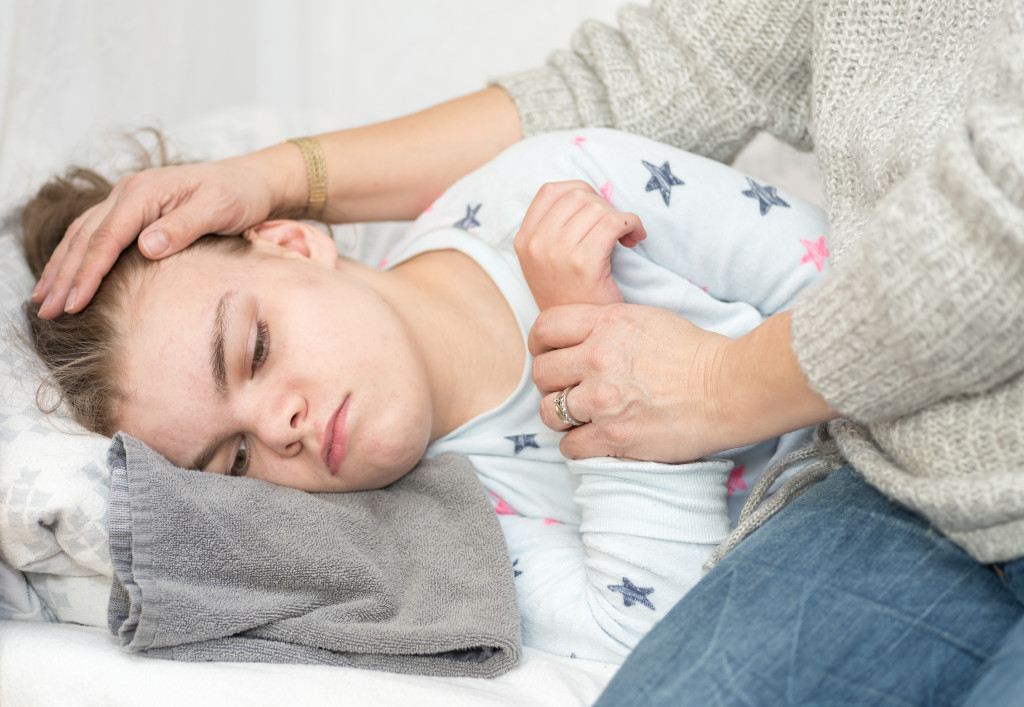Mental health is an integral part of a child’s development, and parents and guardians need to be aware of the most common mental disorders seen in children. Knowing the signs and symptoms can help you identify if your child is struggling with a mental illness, allowing you to take steps to provide them with the proper treatment.
Attention Deficit Hyperactivity Disorder (ADHD)
ADHD is fairly common among children. It is characterized by difficulty focusing, hyperactivity, impulsiveness, or a combination of all three. Symptoms vary from person to person and may include trouble completing tasks, disorganization, forgetfulness, restlessness, fidgeting, and interrupting conversations.
Anxiety Disorders
Anxious children can be a sign of a deeper problem. Anxiety disorders are another common type of mental disorder that affects children. Anxiety can manifest as excessive worry about everyday events or situations, such as school performance, or an inability to cope with social problems, such as making new friends or speaking in front of a group. Other signs could include changes in sleeping patterns or avoiding certain activities due to fear or worry.
Depression
Sadness is common among children, but if it starts happening for too long, it might be depression. Depression is another common mental disorder among children that can affect their moods significantly. It affects about 5% of children and adolescents, making it a serious concern in the U.S.
Signs and symptoms include feelings of sadness or emptiness that last more than two weeks; loss of interest in activities they once enjoyed; low energy; changes in appetite; feeling worthless or guilty; difficulties concentrating; emotional outbursts; thoughts of death or suicide; extreme fatigue; restlessness; feelings of hopelessness and helplessness; physical aches and pains that have no medical cause. They may also lack the motivation to complete school assignments or participate in after-school activities.

Autism Spectrum Disorder (ASD)
Autism spectrum Disorder is a developmental disability caused by differences in brain function related to communication and behavior. ASD includes Asperger’s Syndrome and Pervasive Developmental Disorder – Not Otherwise Specified (PDD-NOS). Symptoms can vary but typically involve difficulties with social interactions and communications, including difficulty understanding facial expressions and using language correctly or effectively. They may also display repetitive movements or speech patterns, unusual interests in objects or activities, resistance to change routine activities, or reluctance to engage socially with peers in their age group.
Bipolar Disorder
Bipolar disorder is another type of mental health condition affecting children, which involves episodes of high energy during manic periods followed by periods of low energy during depressive episodes. Signs can include changes in sleep patterns like sleeping more during depressive periods than usual but less during manic periods than naverage sudden shifts in mood from happy/euphoric feelings during manic episodes followed by tearful/depressed feelings during depressive periods; frequent talkativeness accompanied by racing thoughts along with impulsive decisions being made without considering consequences during manic episodes followed by the withdrawal from social settings accompanied by lack of interest even when positive events are happening around them during depressive episodes.
Preventing Mental Disorders
all these conditions affect children differently depending on the individual’s unique background and circumstances. However, it’s essential for adults who interact with kids regularly to be on the lookout for any warning signs so appropriate action can be taken quickly. If you want to prevent your child from gaining a mental disorder, follow these tips.
Physical Check-up
Some mental disorders happen because of your child’s physical health. So make sure to visit your local pediatric center for physical check-ups regularly. These check-ups can help you stay on top of your child’s physical health and help identify any underlying medical issues that could lead to mental disorders.
Create a Supportive Environment at Home
Creating a supportive environment at home is one of the best ways to protect your child from developing a mental disorder. Make sure your home is a safe space for them to feel comfortable expressing their feelings and emotions without feeling judged or criticized. Encourage open communication between family members, and practice active listening when your child speaks. Tell them you’re always available if they need someone to talk to about their problems.
Address Stressors Early On
Stress can be a significant trigger for mental disorders in children, so you must take steps to address any early stressors. First, talk with your child about what’s stressing them out and devise solutions. If you notice signs of anxiety or depression in your child, don’t hesitate to seek professional help immediately—early intervention is vital when treating children’s mental health issues.
Mental disorders do not only happen to kids. They can affect adults as well. While no single strategy can help prevent all mental disorders from developing, taking these preventive steps can go a long way in helping your child live a healthy and happy life.

